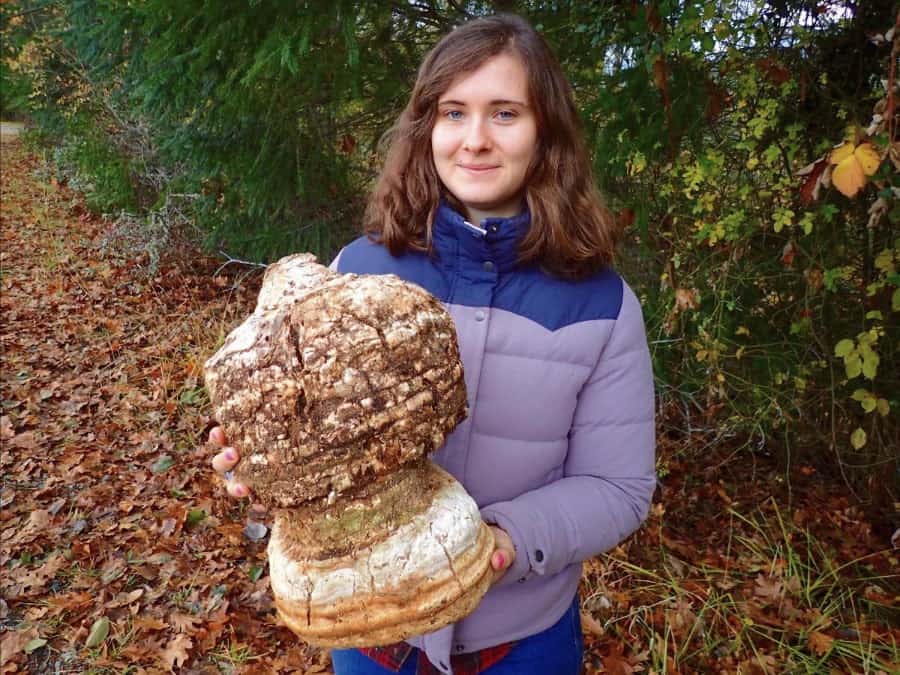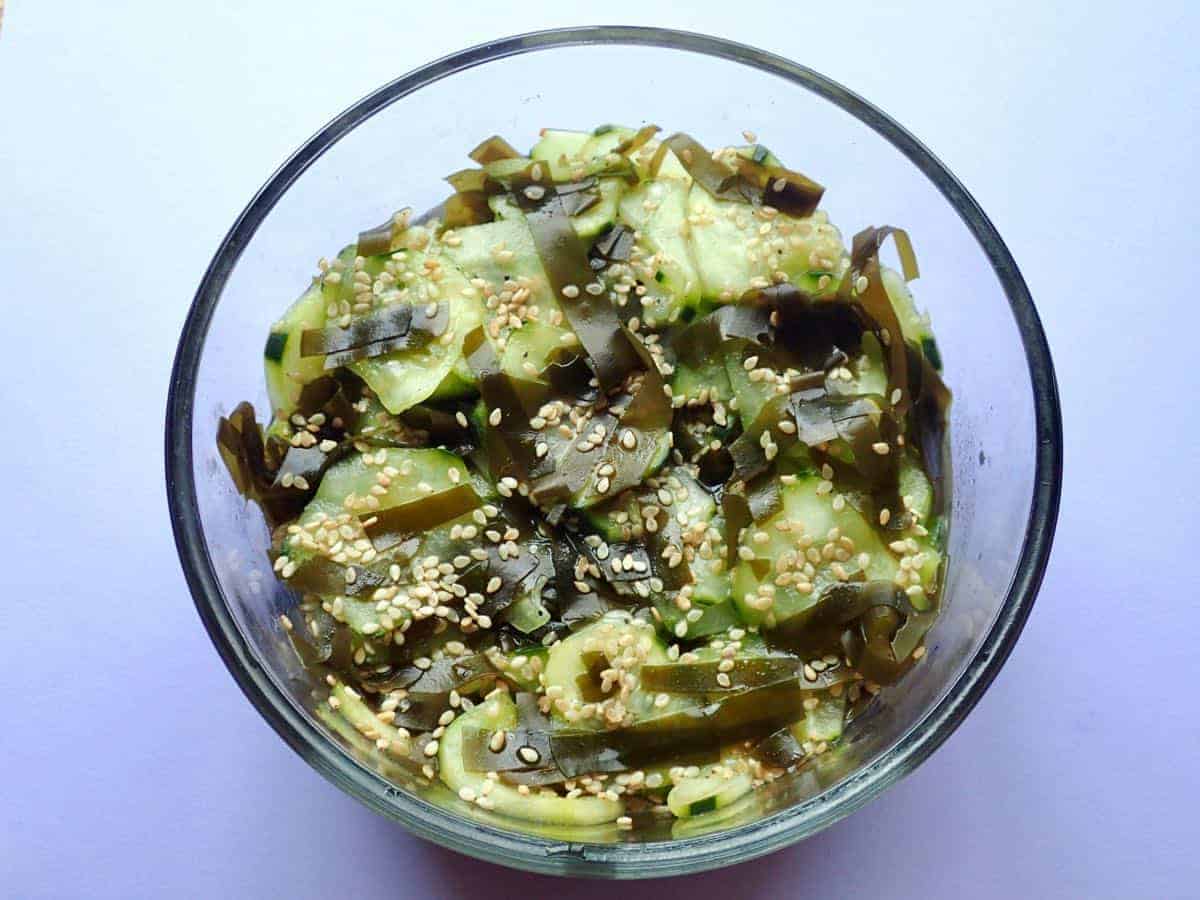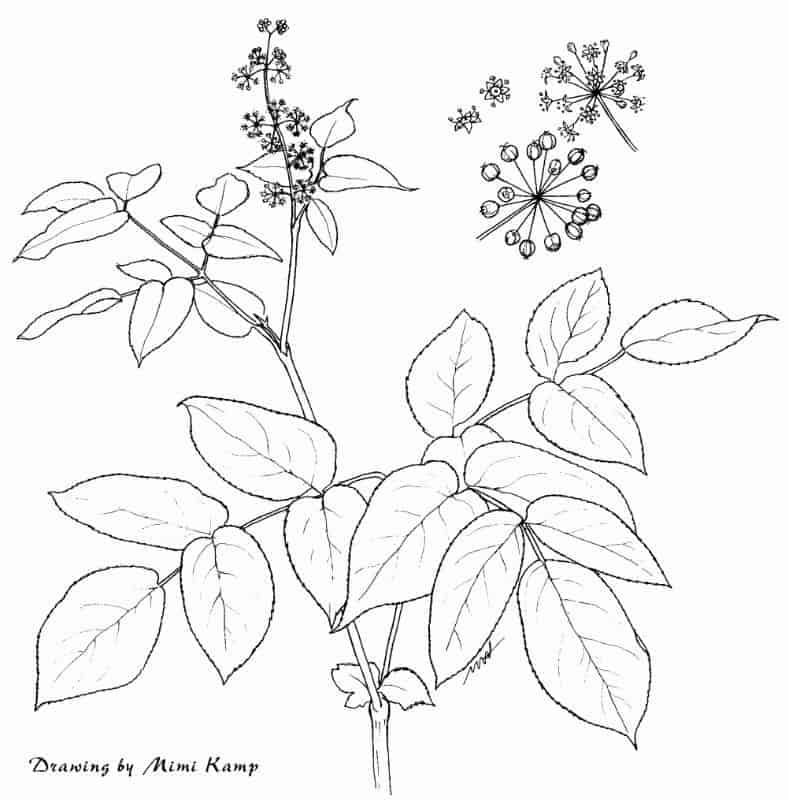This article is part of a 3-part series on medicinal mushrooms.
Read Part 1
Read Part 3
The Difference between Mushroom Fruiting Bodies and Mycelium Grown on Grain
Medicinal mushrooms have been cultivated in China and other Asian countries for hundreds of years. Wild medicinal mushrooms have been harvested for thousands of years, and have always been considered to be the most valuable. In either case, it is the fruiting bodies that are traditionally used.
A fungal fruiting body, commonly known as a “mushroom”, is the most medicinally active part of a fungus. It contains much higher levels of active constituents (beta-D-glucans, triterpenes, polyphenols, sterols, etc.) than the mycelium.
In general, fungal fruiting body products are superior to mycelium products. Most mycelium products consist largely of grain. And, because there are almost no fungal labelling laws in the USA, these inferior products are often marketed as “medicinal mushrooms”. Let the buyer beware!
Mycelium grown on grain is cultivated in a controlled indoor environment. Sterilized grain is inoculated with fungal mycelium. When it has been colonized by the mycelium (see photo below) the grain is dried, powdered, and marketed as a dietary supplement. It would more accurate to label these products as “myceliated grain”.
Testing suggests that most myceliated grain products contain large amounts of residual grain and not much fungal mycelium biomass. In general, they contain only a fraction of the medicinally active compounds found in medicinal mushroom fruiting bodies.
Many myceliated grain products are deceptively advertised as having a high “polysaccharide” content. However, starch is also a polysaccharide, and almost all of the starch in these products comes from the residual grain.
The best measurement of the quality of a fruiting body or mycelium product is the beta-D-glucan content. Beta-D-glucans are responsible for many of the health benefits of medicinal mushrooms.
Authentic medicinal mushroom fruiting bodies typically contain 30-40% beta-D-glucans and less than 3% starch. Myceliated grain products typically contain 5-7% beta-D-glucans and 40-70% starch.
There are 3 categories of “medicinal mushroom” products currently available for purchase in the USA:
1. Wild-harvested medicinal mushroom fruiting bodies (highest price/highest quality)
2. Cultivated medicinal mushroom fruiting bodies (medium price/
medium quality; some are cultivated with organic practices, and some are grown with the use of chemicals)
3. Myceliated grain products (lowest price/lowest quality)
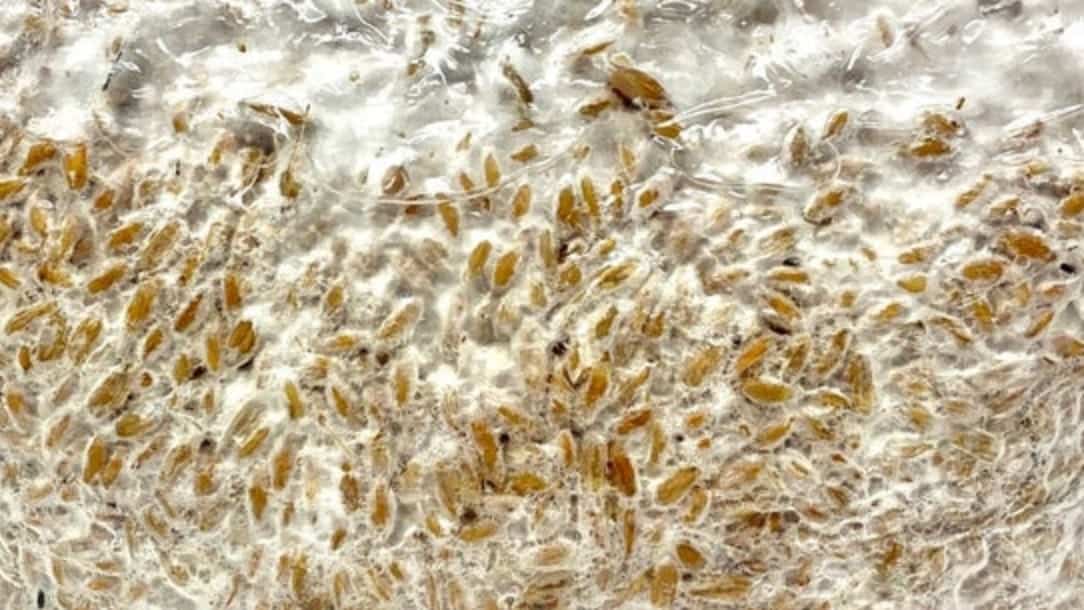
How do we find all these wild mushrooms?
We always keep an eye out for medicinal mushrooms when we go hiking through wild places. We also make special harvest trips into the mountains, along the creeks, and in our coastal forests.
We keep “mental maps” of the dead trees that produce Oregon Reishi, Turkey Tails, etc., year after year, until the tree completely decomposes. It is always fun to go back to the places we have harvested from before, and always exciting to scout out new harvest areas!
Harvesting medicinal mushrooms does not hurt the fungal mycelium living inside the tree, just as picking apples doesn’ t hurt the apple tree. The mycelium is the main part of a fungus. It consists of a mass of fungal threads (hyphae) that grow through and digest wood or other organic matter. When conditions are right, the mycelium produces fruiting bodies (mushrooms) for the purpose of producing spores for reproduction.
Sometimes we hike miles into the high mountain forests where many of these medicinal mushrooms grow, and have heavy loads to pack out. Sometimes the bears beat us to the mushrooms! (See photo below).
We then bring the mushrooms home, clean them, and dry them. Depending on the species, it takes five to eight pounds of fresh medicinal mushrooms to make one pound dried.
We harvest and sell seven different species of wild medicinal mushrooms. Five of the best-tasting species are included in our Medicinal Mushroom Mix.
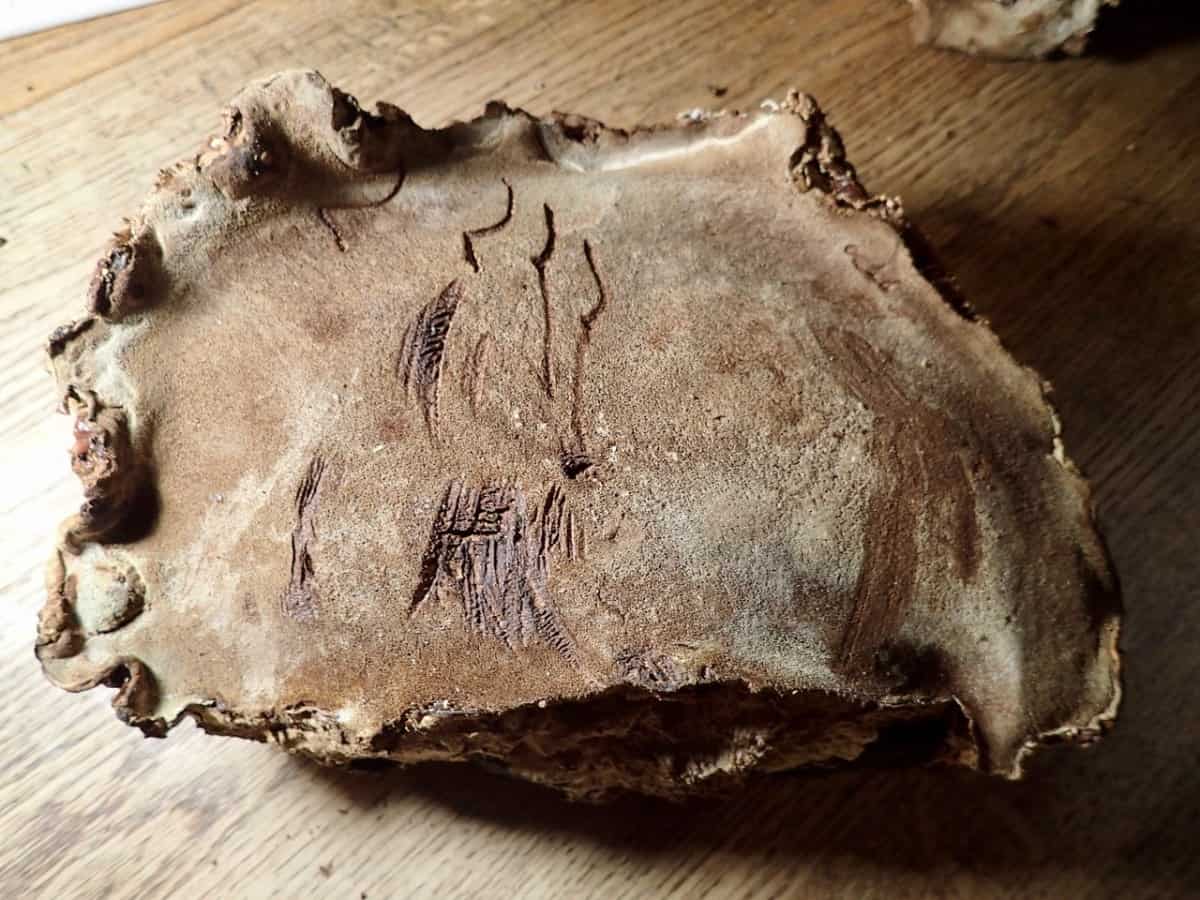
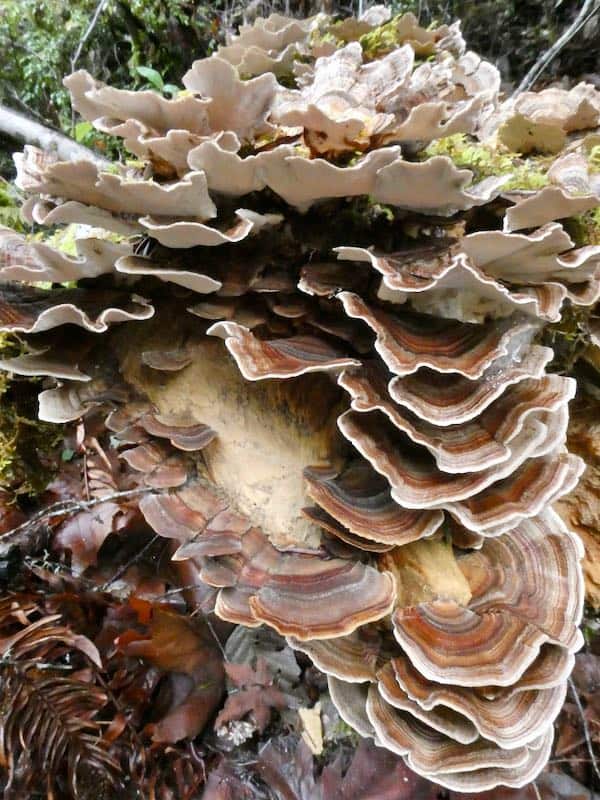
READ PART 1
READ PART 3
Bring the Power of Oregon's Wild Medicinal Mushrooms Into Your Kitchen
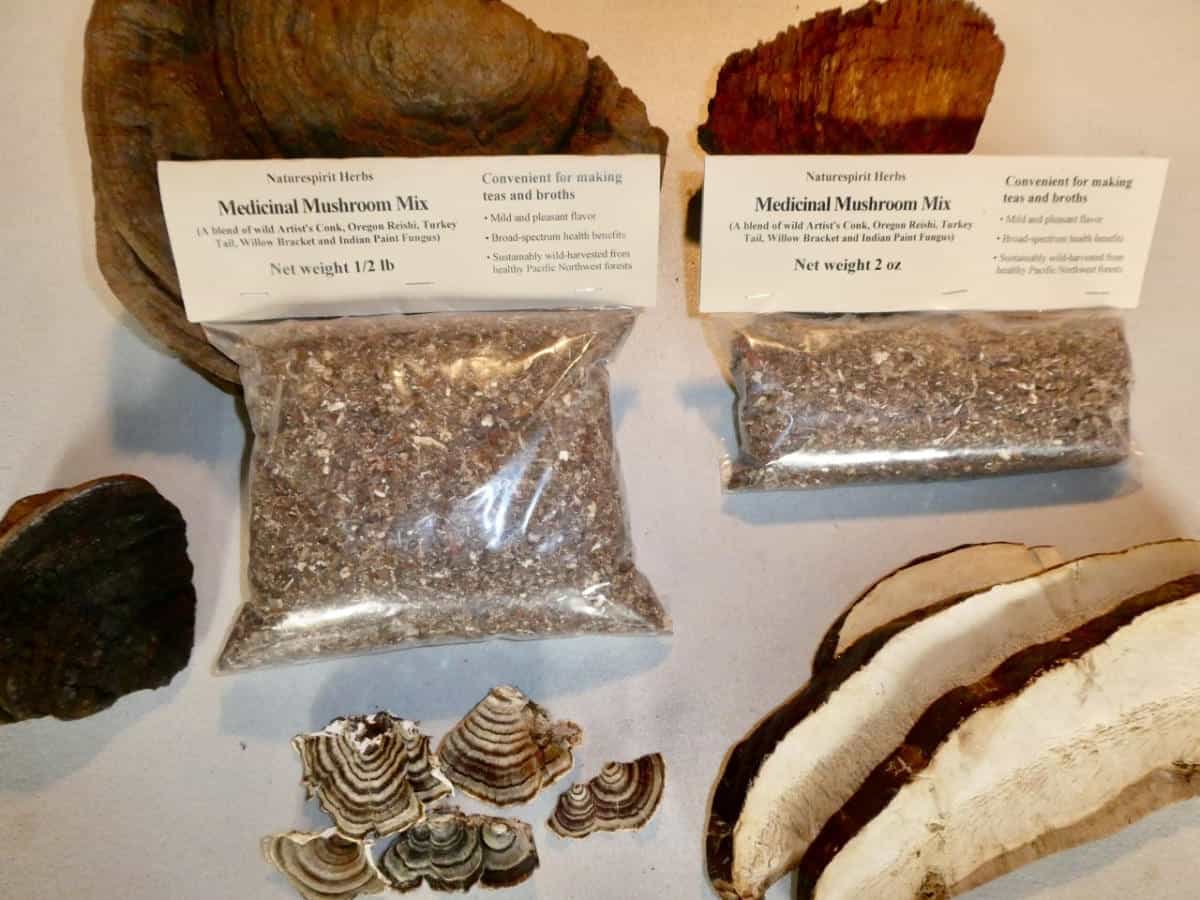
Wild Medicinal Mushroom Mix
A blend of five different wild medicinal Poplypore fungi, which we have sustainably harvested from healthy Pacific Northwest forests, carefully dried, and finely shredded.
Great for making teas and broths.

